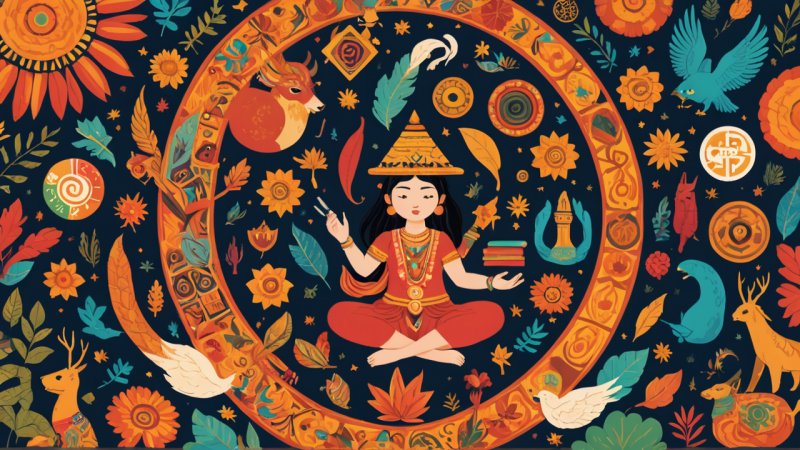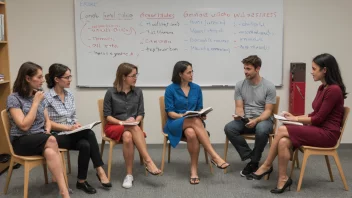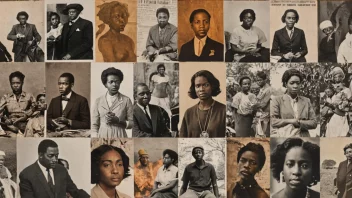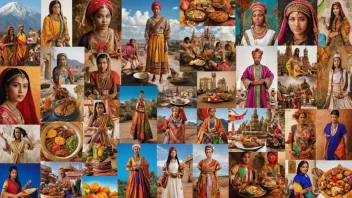Introduction
Folklore and mythology serve as rich tapestries that weave together the cultural identity of communities around the world. In this article, you will learn how to explore and analyze the role of folklore and mythology in shaping cultural identity. We will guide you through a step-by-step process that will help you appreciate these stories and their significance in understanding who we are as individuals and communities.
Step 1: Understand the Basics of Folklore and Mythology
Before diving into the analysis, it's essential to grasp what folklore and mythology entail. Folklore encompasses the traditional beliefs, customs, and stories of a community, often passed down through generations. Mythology, on the other hand, refers to a collection of myths that explain natural phenomena, cultural practices, and historical events.
- Folklore: Includes fairy tales, legends, proverbs, and oral histories.
- Mythology: Comprises creation myths, gods and goddesses, and heroic tales.
Step 2: Identify Your Cultural Context
To analyze the role of folklore and mythology in cultural identity, start by identifying the cultural context you want to explore. This could be your own culture or another that interests you. Consider the following questions:
- What are the key stories, legends, or myths associated with this culture?
- How do these stories reflect the values, beliefs, and history of the community?
- Who are the prominent figures in these narratives?
Step 3: Conduct Research
Once you have identified your cultural context, it's time to conduct thorough research. Utilize a variety of sources to gather information:
- Books: Look for anthologies of folklore and mythology specific to the culture.
- Academic Journals: Explore scholarly articles that analyze folklore and mythology.
- Interviews: Speak with cultural historians or community elders to gain insights.
- Online Databases: Use resources like JSTOR or Google Scholar for academic papers.
Step 4: Analyze the Stories
With your research in hand, it's time to analyze the folklore and mythology. Look for recurring themes, symbols, and motifs. Consider the following aspects:
- Values and Beliefs: What moral lessons do the stories convey?
- Cultural Identity: How do the stories define the community's identity?
- Historical Context: What historical events influenced these narratives?
Step 5: Connect Folklore and Mythology to Modern Culture
Explore how folklore and mythology continue to influence contemporary culture. Look for:
- Literature: How are these stories represented in modern literature?
- Media: Are there films, television shows, or music that draw from these narratives?
- Art: How do artists interpret and represent these stories?
Step 6: Share Your Findings
Finally, share your insights with others. This could be through a written article, a presentation, or a community workshop. Engaging others in discussions about folklore and mythology can foster a deeper understanding of cultural identity.
“Folklore and mythology are not just stories; they are the essence of who we are.”
Conclusion
In this guide, we explored the steps to understand the role of folklore and mythology in cultural identity. By grasping the basics, identifying your cultural context, conducting research, analyzing stories, connecting them to modern culture, and sharing your findings, you can gain a profound appreciation for the narratives that shape our identities. Remember, these stories are not just relics of the past; they are living traditions that continue to influence us today.






